As Australia’s EV range continues to expand with new models constantly entering the market, determining which model is right for you can be a challenge. This blog highlights 5 key EV specifications and why they should be understood when purchasing a new EV. The information is intended to provide an initial baseline of understanding and be a useful resource for those that are new to purchasing an EV.
Range (kms)
Range refers to the distance an electric vehicle can travel before it requires a charge. This may vary heavily between different vehicle models and is largely dependent on the capacity of an EVs battery and the car’s efficiency. Typically, plug-in hybrid vehicles (PHEVs) use this specification to indicate its electric only range, whilst battery electric vehicles (BEVs) have a significantly higher electric travel range as they solely rely on the battery as the source of power. Often, range specifications list one of two measuring standards that are indicative of testing results, these are:
- WLTP- Worldwide Harmonised Light Vehicle Test Procedure (Most relevant to Australia)
- NEDC- New European Driving Cycle
Of these two, the WLTP estimate is considered the far more realistic range calculation.
As these are estimates, specification values are not guaranteed distances and they do not consider all driving conditions that may influence range. Ultimately, what range you should consider during the purchasing process should reflect your driving preferences. Frequently traveling short distances on a day-to-day basis, will not require a high range and therefore can consider EVs with lower distance specifications- like entry level EVs or even PHEVs, where you may be able to cover off on your daily commute using the electric only range. Whereas those intending to travel longer distances or go on a road trip will have to consider this into their purchasing equation- and will likely target a pure electric vehicle for this reason.
Summary: Range = How far can my EV travel on a single charge
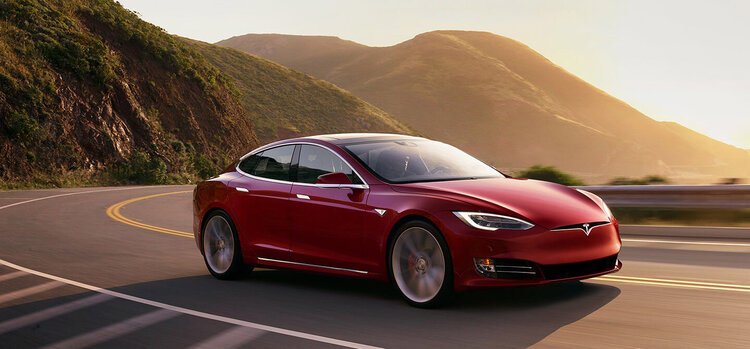
Battery Capacity (kWh)
As alluded to above, an EVs battery capacity influences the range it can travel before it requires a charge. Generally, the bigger the battery capacity the more capable it is of longer range. On the flip side, an EV with a smaller capacity will likely have a lower range. Much in the same tone, the battery capacity also impacts how long an EV will take to charge, as a larger capacity usually requires more time to charge- However, this may depend on the vehicle’s onboard charger and the charging method, which we will touch on shortly. The battery capacity specification is typically represented by Kilowatt Hours (kWh)- a Kilowatt Hour is a measurement of energy and indicates how full a car battery is; equal to one kilowatt of power delivered for an hour. Understanding how much charge an EV can store can help determine which EV is right for you. Again, the type of driving you are planning for will influence what battery capacity is preferable. For instance, increased acceleration and driving speed can drain kWh faster than usual and so if you frequent highways during your daily commute, you may opt for a battery with a higher capacity to combat quicker battery usage.
Summary: Battery Capacity = How much charge can my EV store
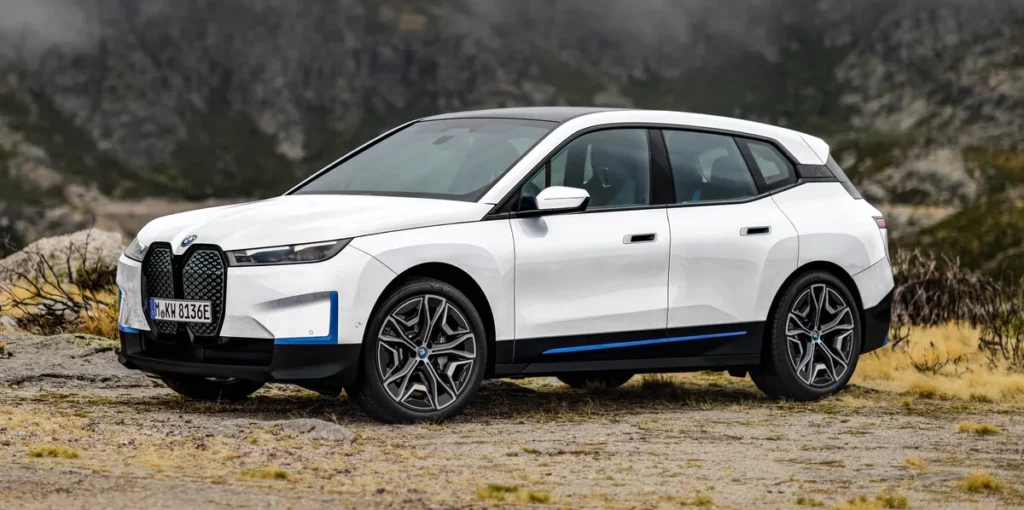
Charge Rate (kW)
An EV’s charge rate refers to the maximum rate of charge it can utilise and is measured by Kilowatts (kW)- a measurement of electrical power (how fast a car is charging). Vehicles with a higher kW measurement charge at a faster rate than those that are lower.
A key factor to keep in mind is that the charge rate will differ between AC and DC charging. AC charging speeds will be determined partly by the capacity of the car’s onboard charger, which can vary from 3.6kW to 22kW- considering your onboard charging rate is essential in making an informed decision when purchasing an AC home charger. Doing so will ensure that you maximise your charging times and efficiency, as your charging method in cohesion with the onboard charger will ultimately determine how long it takes to charge the batteries capacity using AC charging. It is important to note that an onboard charger can fall short of the home charger’s kW rate but will max out its delivery in line with the onboard charger’s max rate. For instance, a home charger that delivers 7.4kW will work on an EV with a 6.6kW onboard charger, but the charge will max out at the 6.6kW rate of charge.
DC charging skips the car’s onboard charger and pumps electricity directly into the batteries (see below).
Summary: Onboard Charger = How quick an EV takes to charge
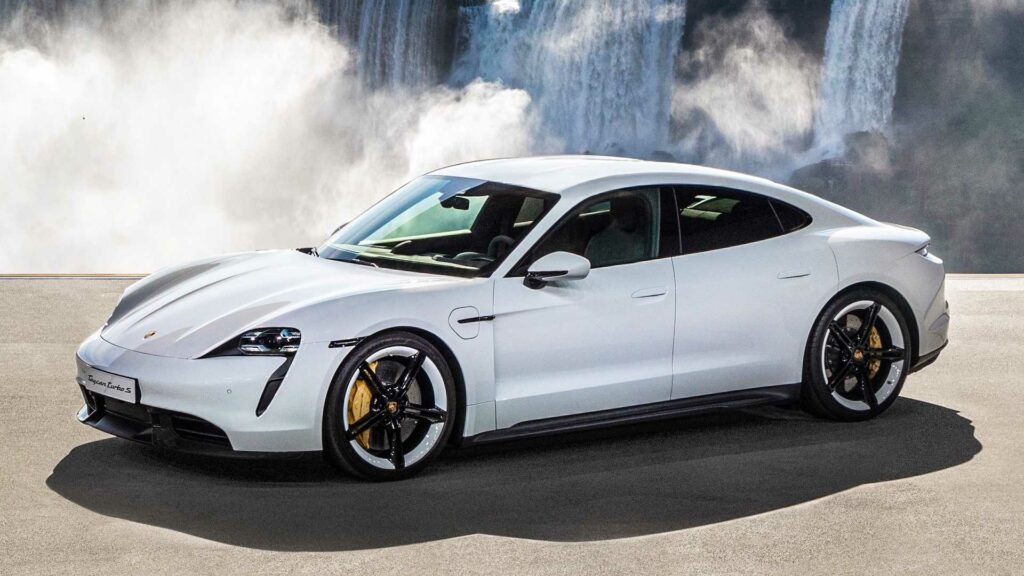
Plug Type (Type 1, Type 2, CCS, CHAdeMO)
The plug type signifies the required plug for your vehicle to be able to charge via standard AC charging and/or rapid DC charging.
AC Charging:
Type 1: Mostly popular with models made pre-2018, this plug is unlikely to be required on future model releases in Australia, however it’s worth double checking should your purchase be for a secondhand vehicle.
Type 2: Now the standard plug for Australian EV models.
For more details, head to our vehicle plug types page. Interested in buying a new plug? Check out our store.
DC Charging:
CCS: The Combined Charging System (CCS) allows AC and DC chargers to use the same plug and is functional with majority of DC capable vehicles in Australia.
CHAdeMO: Used by Japanese brands Mitsubishi, Nissan and Lexus.
Summary: Plug Type = What do I need to charge it with?
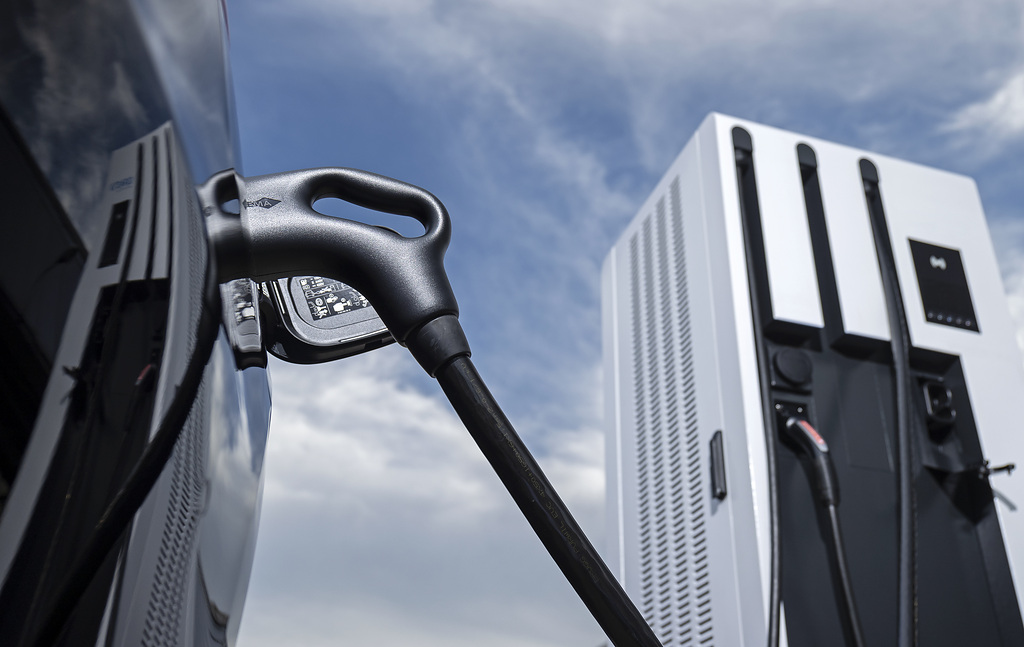
DC Capability
DC charging enables EVs to charge at a rate well beyond its onboard charger, subsequently charging the vehicle in a shorter time frame. Although most charging is done at home, the option to charge on the road is becoming increasingly common with new charging stations continually emerging nationwide. There are currently vehicles that are capable of charging up to 350kW, allowing vehicles to charge from 0 to 80% charge anywhere between 15 to 40 minutes, depending on the rate of charge and the vehicle’s battery capacity. This is significantly faster than the speed of a home charge. Not all EVs are capable of DC charging- majority of PHEVs are unable to do so, though there are some exceptions. This is particularly useful to those who frequently travel significant distances, those who do would likely want to consider a vehicle with DC capability and may wish to optimise the speed of the charging time by purchasing an EV with a high DC charging rate. With DC Charging, a charge is always within reach.
Summary: DC Capability = How fast can I charge on the go?
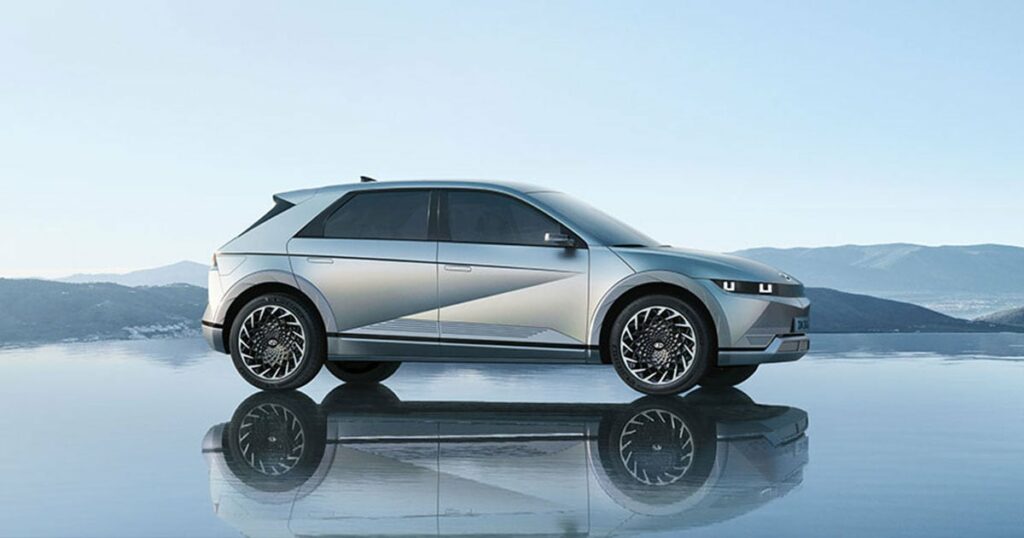
Our EV Model Tool provides you with all the necessary specification details for your selected model.
Stay tuned to the JET Charge blog for more industry news, updates, and educational pieces.

